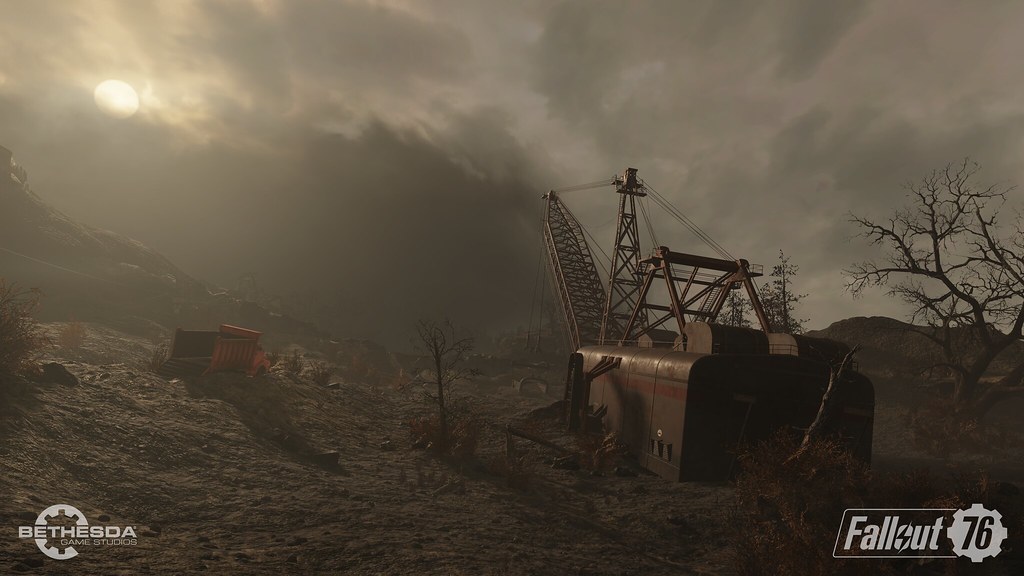Picture this: you’ve just fired up your gaming console or PC, the familiar logo of Rockstar Games fades into view, and you’re greeted once again by the vast, breathtaking landscapes of Red Dead Redemption 2 (RDR2). Even after five years since its initial release, the game’s visuals remain a benchmark of excellence, a testament to the artistry and technical prowess of its creators.
It’s a world that beckons you to explore its every nook and cranny, promising adventure and beauty in equal measure. As someone who has dedicated over 4,000 hours to the story mode alone, I can attest to the game’s enduring appeal. Each time I boot it up, I’m left in awe of its presentation and realism, which remain simply unmatched after half a decade.
The magic that Rockstar managed to weave into the fabric of RDR2’s world is not just a stroke of luck; it’s the result of meticulous design, innovation, and a deep understanding of what makes a game truly immersive. This magic has me, and countless others, all the more excited for the potential wonders that GTA6 will bring. But before we look to the future, let’s delve into the present and past of RDR2, a game that continues to outshine almost every AAA title out there.
The term ‘AAA’ is informal but significant in gaming.
It’s a classification that sets expectations sky-high, promising players a gaming experience that’s been crafted with a significant budget, both in development and marketing. Think of it as the video game equivalent of a blockbuster movie – grand, visually stunning, and designed to pull you into its world from the moment you press ‘start’. RDR2 is the epitome of a AAA title, and then some.
The journey of AAA games has been a fascinating one, with roots stretching back to the late 1990s. It was a time when game retailers began using the term to gauge interest in upcoming titles. By the time Squaresoft released Final Fantasy VII in 1997, the concept of a video game with a blockbuster scale had fully taken shape. With an estimated development cost of $40–45 million at the time, it was the most expensive video game ever produced until then. Its cinematic CGI, orchestral music, and innovative gameplay set a new standard for what a video game could be.
Fast forward to the late 2000s, and we see AAA game development costs soaring into the tens of millions, with some sequels like Halo 3 boasting a combined development and marketing budget of $70 million. The seventh generation of consoles saw a contraction in the number of developing houses creating AAA titles, but those that remained grew in size and ambition. The era also brought a shift towards narrative-driven games, with developers finding new ways to weave storytelling into gameplay, as seen in titles like Half-Life.
By the time RDR2 arrived on the scene, the landscape had evolved further. The game’s estimated cost of $265 million speaks volumes about the scale of its ambition. It wasn’t just about creating another game; it was about setting a new benchmark for what a gaming experience could be. And it succeeded. The environmental design, the attention to detail, the cohesiveness of its world – all these elements come together to create a visual richness that is, to this day, peerless.
What makes RDR2’s visuals stand the test of time?
It’s a combination of factors. The game’s environmental design is a masterclass in virtual world-building. From the snow-capped mountains to the dusty trails, every landscape is rendered with painstaking detail. The lighting, the weather effects, the way the natural world interacts with the characters – it’s all crafted to draw you in and make you feel like you’re part of this world.
The game’s commitment to realism extends to its character models and animations. While some may argue that there are games with better character models, few can match the overall package that RDR2 offers. The characters move and interact with their environment in ways that feel authentic, adding to the game’s immersive quality.
It’s not just about the technical aspects, though. RDR2’s visual storytelling is second to none. The game uses its visuals to convey mood, character, and story, all without saying a word. It’s this ability to tell a story through its world that sets RDR2 apart from its contemporaries.
Even when compared to the latest releases like Forza Horizon 5, Resident Evil 8, or Cyberpunk 2077, RDR2 holds its own. It’s not just about having the most advanced graphics – it’s about using those graphics to create an experience that’s both visually stunning and emotionally resonant. And that’s something that RDR2 does better than almost any other game out there.
As we look to the future of gaming, with the promise of GTA6 on the horizon, it’s clear that RDR2 has set a high bar. But it’s also a reminder of the power of video games as a medium – to create worlds that we can lose ourselves in, to tell stories that move us, and to push the boundaries of what’s possible. RDR2 is more than just a game; it’s a work of art that continues to inspire and amaze, long after its release.
Let’s explore the evolution and impact of AAA gaming, with RDR2 as a standout example.
The journey of AAA titles is a tale of ambition, innovation, and the relentless pursuit of creating experiences that resonate with players on a profound level. It’s a narrative that mirrors the evolution of cinema, where the spectacle of blockbusters often overshadows the more nuanced offerings. Yet, in the gaming world, the AAA title is not just about bombast and bravado; it’s about pushing the envelope of what interactive entertainment can be.
The late 1990s marked the dawn of the AAA era, with games like Final Fantasy VII shattering expectations and budgets alike. It was a time when the gaming industry began to flex its muscles, showing that it could produce experiences as emotionally gripping and visually stunning as any Hollywood movie. This trend continued into the 2000s, with games like Shenmue and Halo 3 setting new benchmarks for production values and marketing reach. The stakes were high, and the risks were even higher, as the cost of failure in this high-stakes game could spell doom for even the most established studios.

As we moved into the late 2000s, the narrative-driven game became a staple of the AAA category. Developers were no longer content to simply create worlds; they wanted to fill those worlds with stories worth telling. Games like Half-Life revolutionized the way narratives were delivered, eschewing traditional cutscenes for a more integrated approach to storytelling. This period also saw a contraction in the number of studios capable of producing AAA titles, but those that survived did so by expanding their teams and their ambitions.
The shift from 7th to 8th gen consoles posed new challenges and opportunities.
The cost of AAA development continued to rise, with games like Grand Theft Auto V boasting budgets that rivalled those of major motion pictures. This era also saw the rise of the indie game scene, which provided a counterbalance to the AAA market by offering innovative and experimental titles that often took risks that larger studios could not afford.
The AAA market faces criticism for prioritizing graphics over gameplay innovation, leading to a rise in the ‘AA’ market known for blending indie charm with high production values. Workplace issues like ‘crunch time’ are also prominent in the industry.
The AAA market continues to evolve.
The introduction of ‘AAA+’ games has seen the incorporation of games-as-a-service models, where the initial purchase is just the beginning of a game’s revenue stream. This has been a double-edged sword, providing players with ongoing content while also raising questions about the value and ethics of post-purchase monetization.

RDR2 stands as a testament to the heights that can be achieved. With its unparalleled visual fidelity, rich storytelling, and immersive world, it has set a standard that future titles will be measured against. It’s a shining example of what happens when a studio combines technical prowess with artistic vision, and it’s a beacon for the future of AAA gaming.
Related posts:
What is AAA Game Development? Definition, Budgets, and More (ejaw.net)
Is RDR2 still the graphics champion a year into next-gen?
The top 100 PC games





